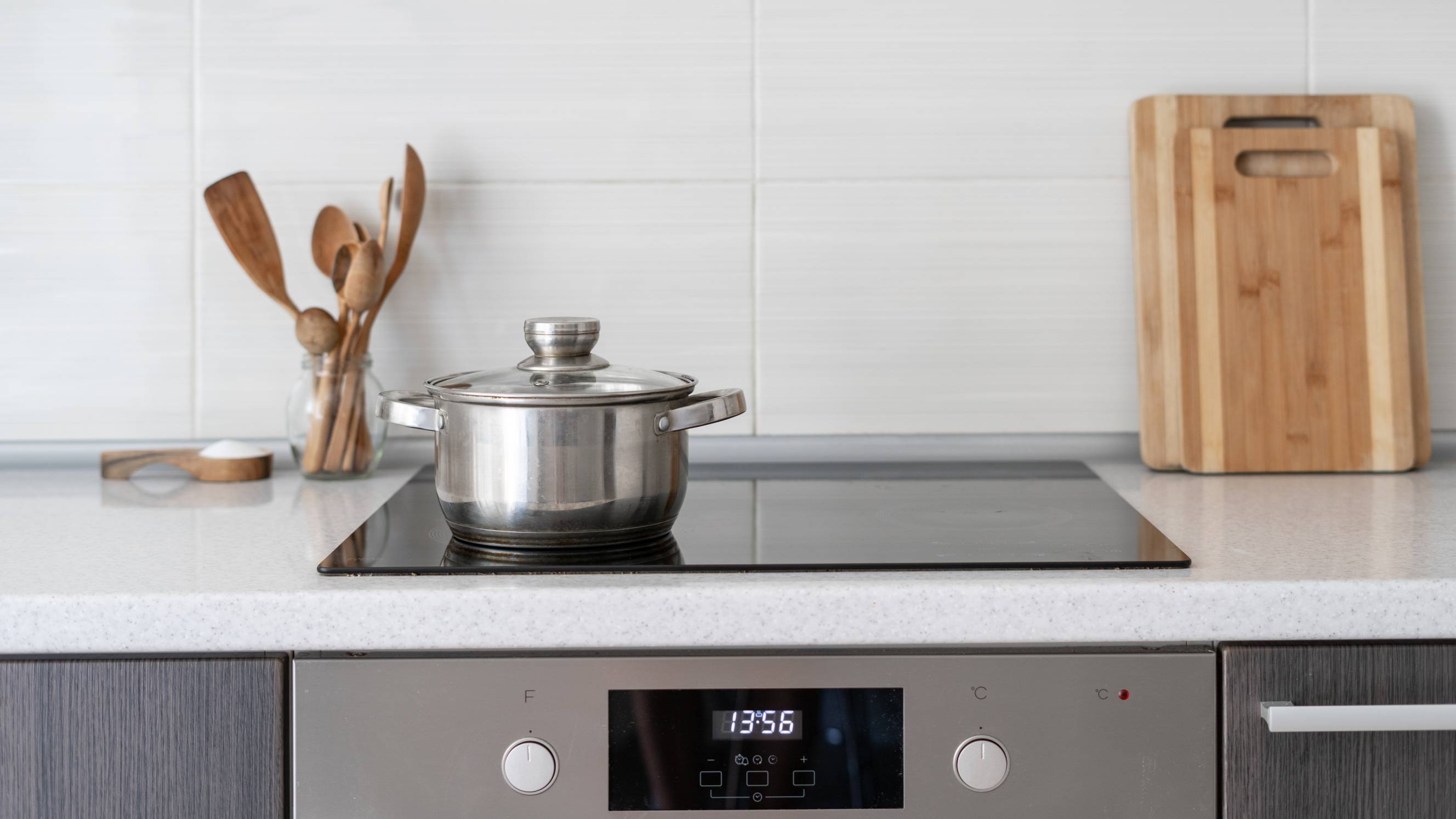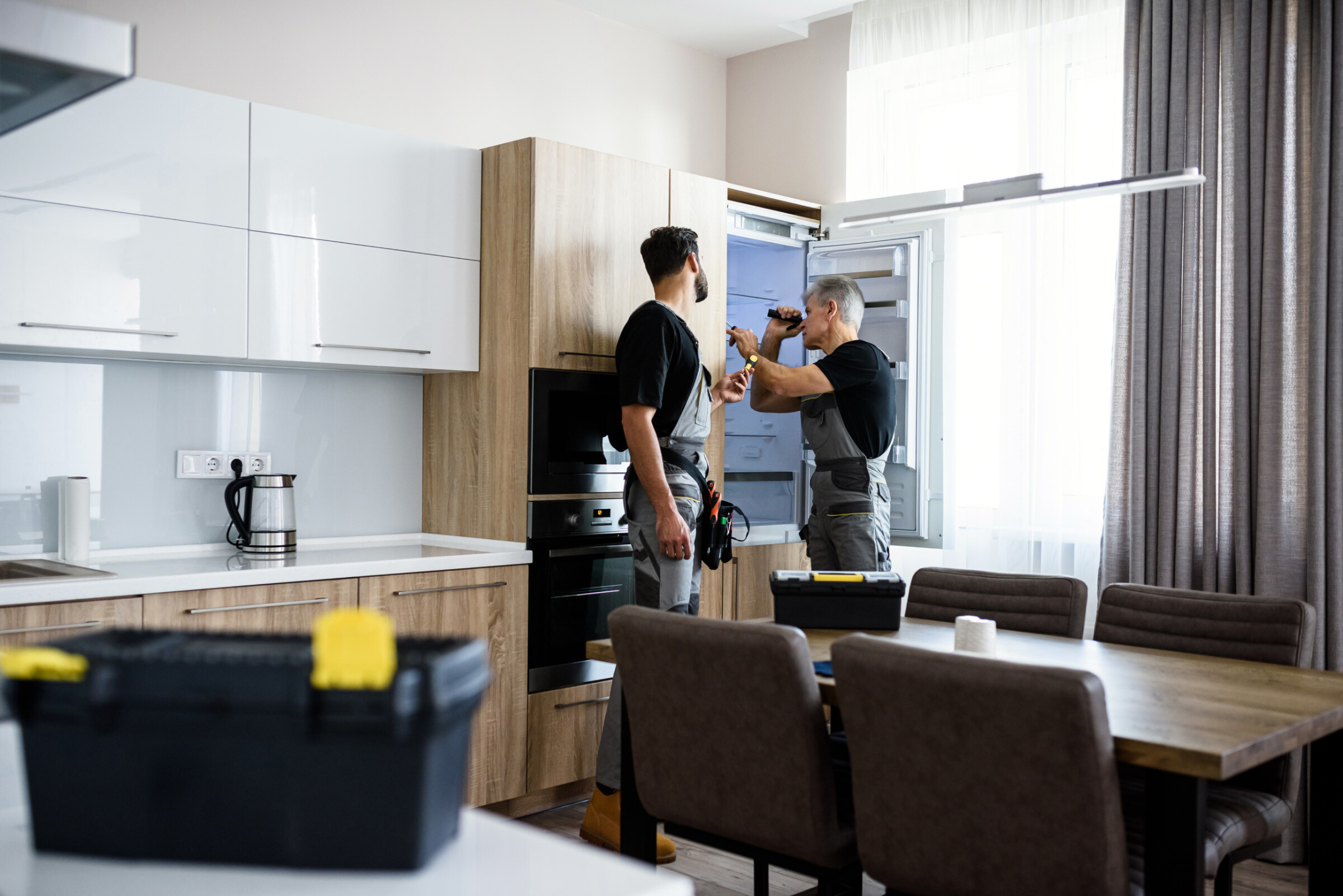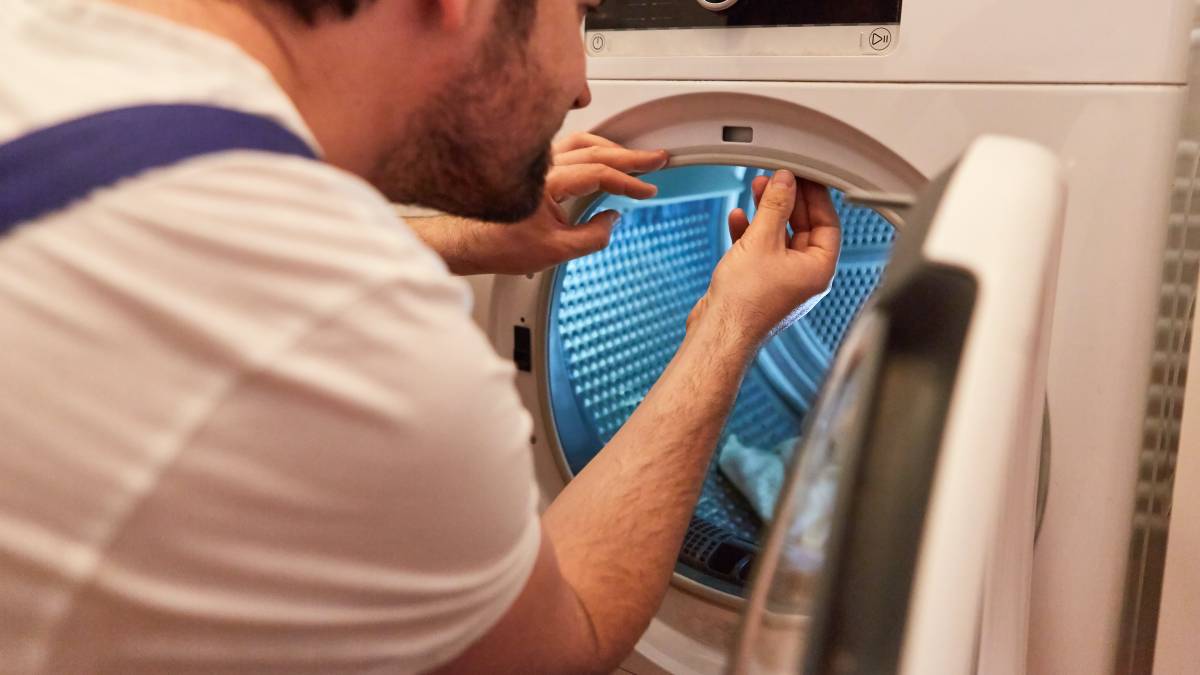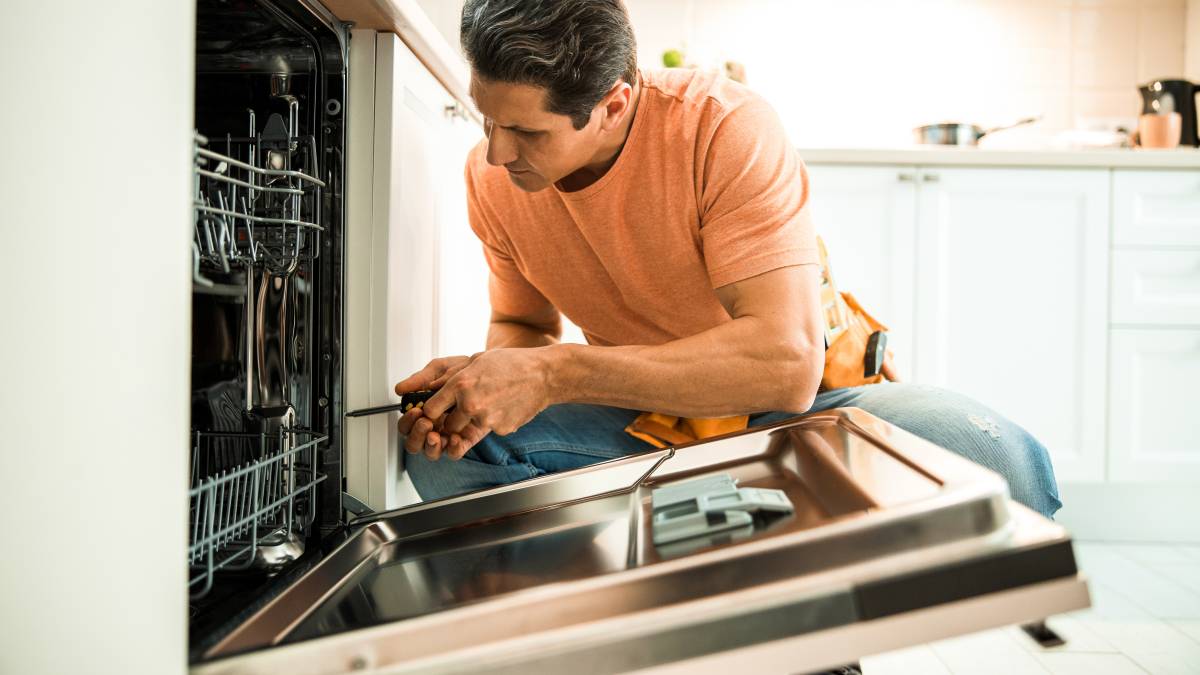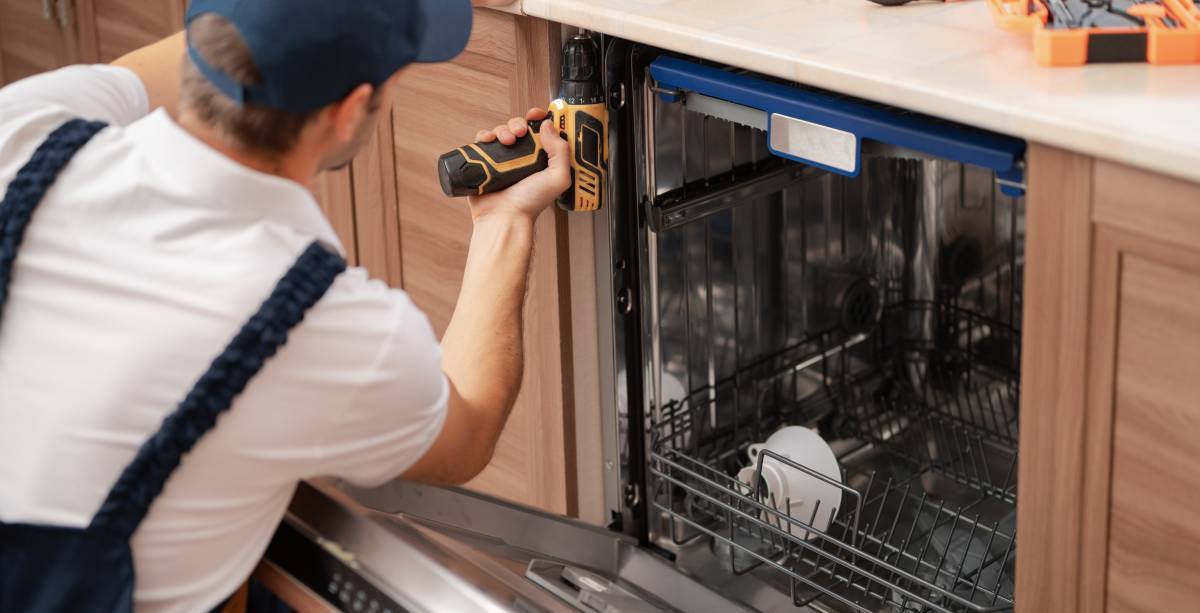- Home/
- Guides/
- Rangehood Installation/
- How to Install a Rangehood
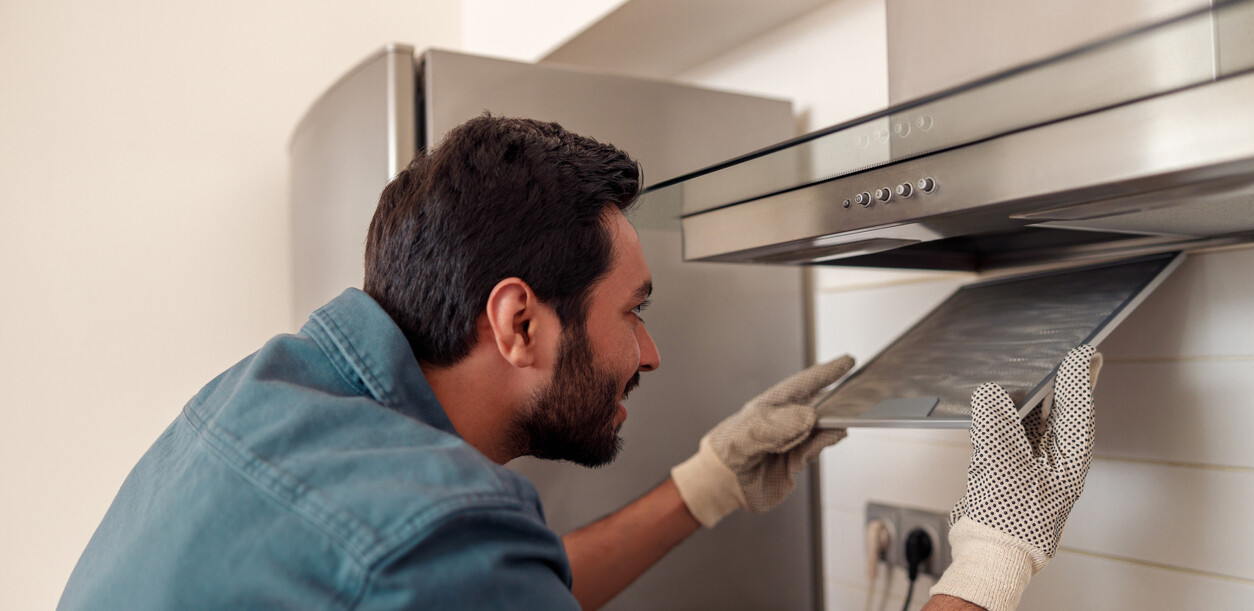
How to install a rangehood in 7 steps
Adding a range hood to your kitchen improves its air quality.
Find a rangehood installerLast Updated on
Key Steps
Do the prep work. Ensure that your chosen range hood unit matches your stove dimensions, have the right tools ready, and obtain any permits necessary.
Follow the steps closely. It’s important to mark where you’ll mount your hood and identify any ductwork obstructions before installing your range hood.
Refer to your manufacturer’s instructions. Always keep it on hand, and ask a professional for advice.
Adding a range hood to your kitchen has key benefits. According to a recent study, a range hood is the most effective mitigation approach to reducing pollutants in your stove area—clearing out smoke, steam, heat, grease, and other contaminants.
You can sometimes purchase a range with your stove, but if you’re installing a new one, you can consider hiring a professional to do the job. However, you can still try to go the DIY route.
Here, we cover how to install a rangehood step by step and go through some additional tips.
Things You’ll Need
Range hood
Ductwork (if necessary)
Duct wall or roof cap
Screws
Drill & drill bit set
Level
Tape measure
Pliers
Hole saw
Wire strippers
Wire nuts
Foil & electrical tape
Safety glasses
Gloves
Time of Completion
Depending on the extent of the renovation—mainly hood ductwork—it can take up to 5 hours or more to install a range hood on your own. Some prep work is vital to get done ahead of time.
You may need to secure a permit to install a new range hood. Check your local building codes for requirements. You should also have taken stock of your stove dimensions before purchasing your new rangehood.
Installing a range hood in 7 steps
If you’re replacing an existing rangehood, your first step would be to safely remove it by shutting off power, unscrewing the wire nuts, and detaching all connections. However, if you’re installing a new range hood, follow along in the steps below.
Step 1: Choose the right location
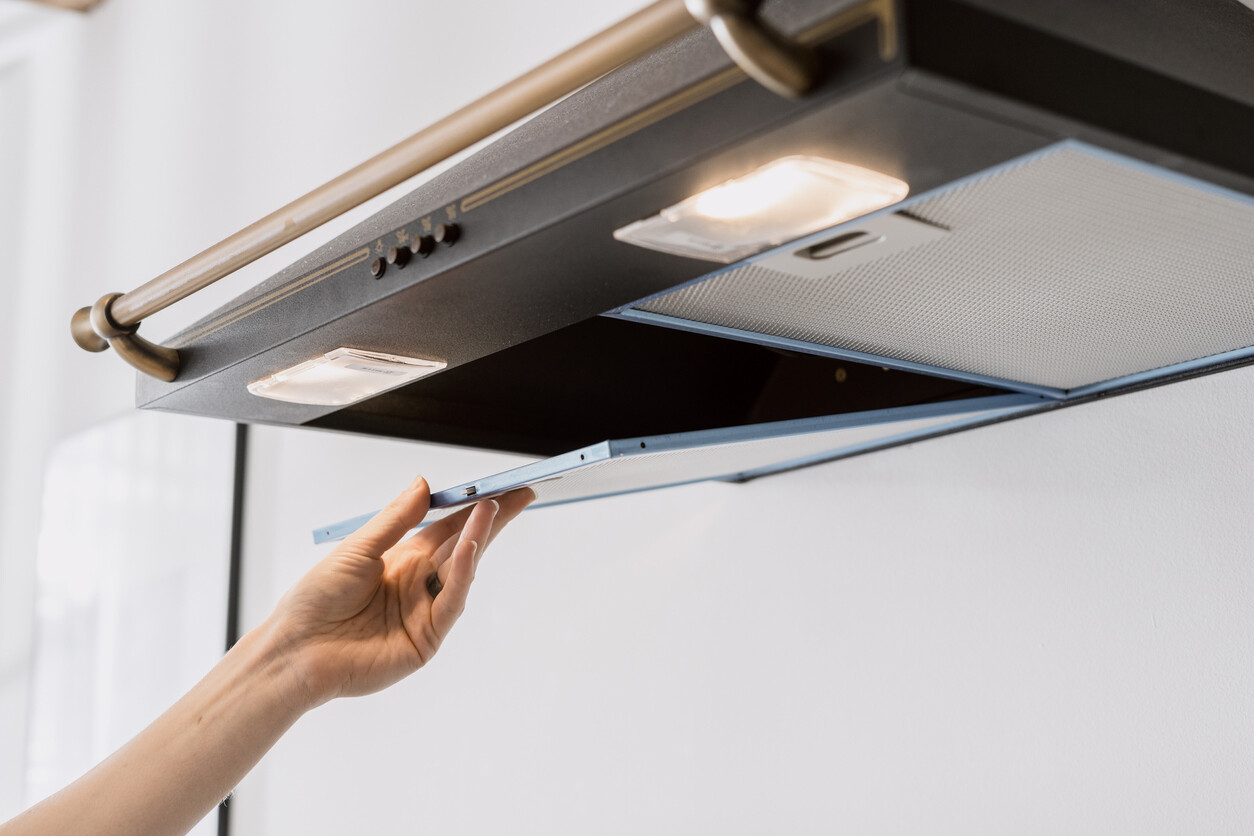
The first thing to do is find the proper position to install your range hood. It should have enough clearance between the range hood and be centered over the stove.
Most range hoods come with manufacturer instructions or a paper template to help you mark the spot in your wall or cabinet before cutting or drilling. Remember to keep holes for mounting, venting, and electricals—use a pencil to trace these so it will be easier to install the vented range hoods later.
Step 2: Determine the routing for ductwork
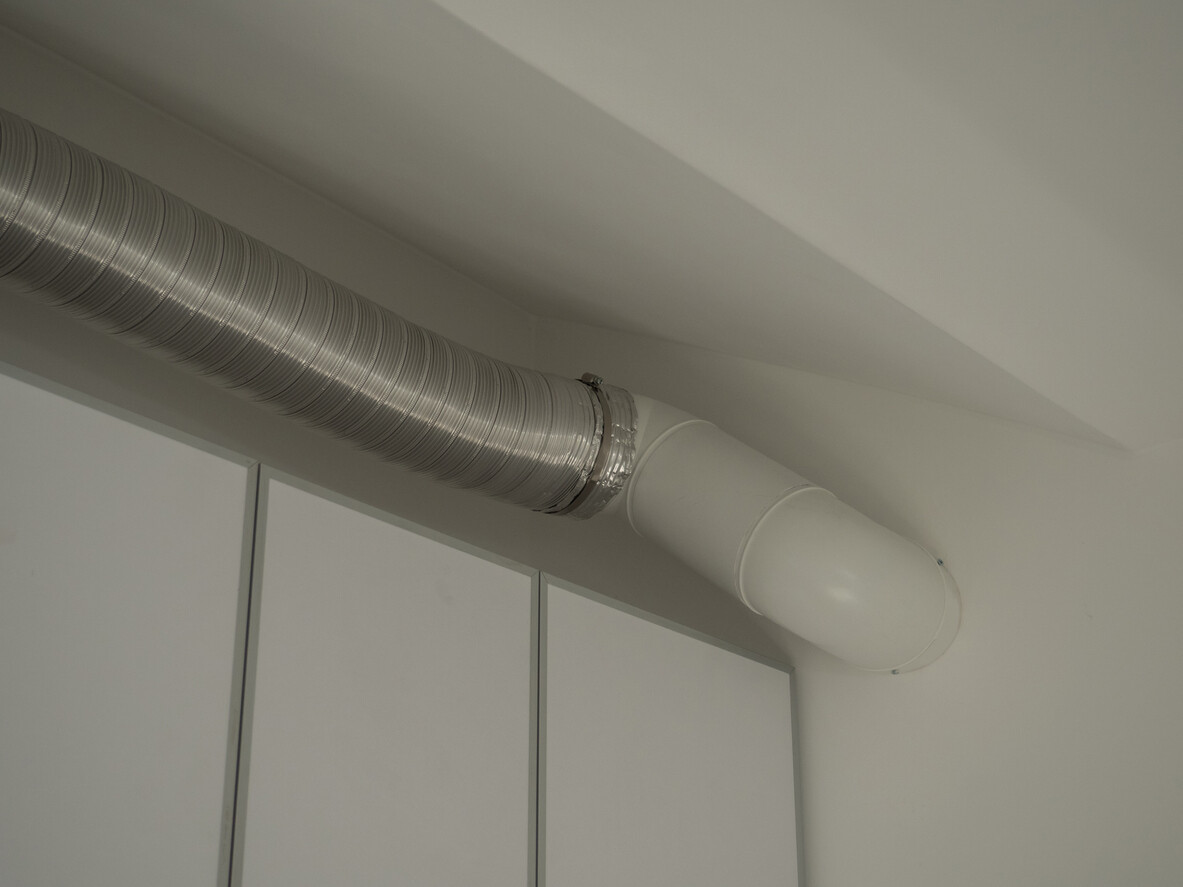
This step depends on whether you’re using ducted or ductless range hoods. Ductless range hoods do not vent the air outside of your home and circulate it instead. Ducted range hoods either draw air to the side of your house or upward through the ceiling.
For a ducted range hood, you should identify the most accessible venting location. Often, this will be directly behind the wall, but it may also be through the ceiling. Ensure there’s no electrical cable wiring or plumbing behind the wall. Meanwhile, if you’re placing the range hood over a kitchen island, you must route venting through the roof.
If you’re unsure which route would be shorter, you may need to enlist an electrician to check for you. In the following steps, we’ll discuss the first option—routing the ductwork through the wall.
Step 3: Cut the hole for the ductwork
Once you’ve determined the ductwork route, it’s time to start cutting. The size of the hole will depend on the size of the ductwork, and you can use a hole saw to cut the hole in the wall behind your stove. Then, use a long drill bit to penetrate through the drywall to create locator holes near the venting hole, which will get the ducting through to the outdoors.
Next, cut the exterior vent pipe hole using the locator holes. Use a hole saw according to the shape and size of your venting hole.
Step 4: Install the ductwork
Start from the exterior and work your way in when installing your ductwork. Insert ducting through your vent hole, ensuring it spans from the outside to the range hood. You may need to use foil tape to connect sections of the duct and install the necessary elbows or bends.
Step 5: Install wiring
You must connect the wires to the electrical outlet if the electric range is hardwired. If the rangehood is plug-in, you must connect the plug to an outlet—you must install a plug if you don’t have an existing one.
Turn off power at the circuit breaker and test it with an electrical tester. Then, connect the wires according to the manufacturer’s instructions. Calling an electrician for assistance is best if you don’t fully understand this step.
Step 6: Secure the range hood to the wall
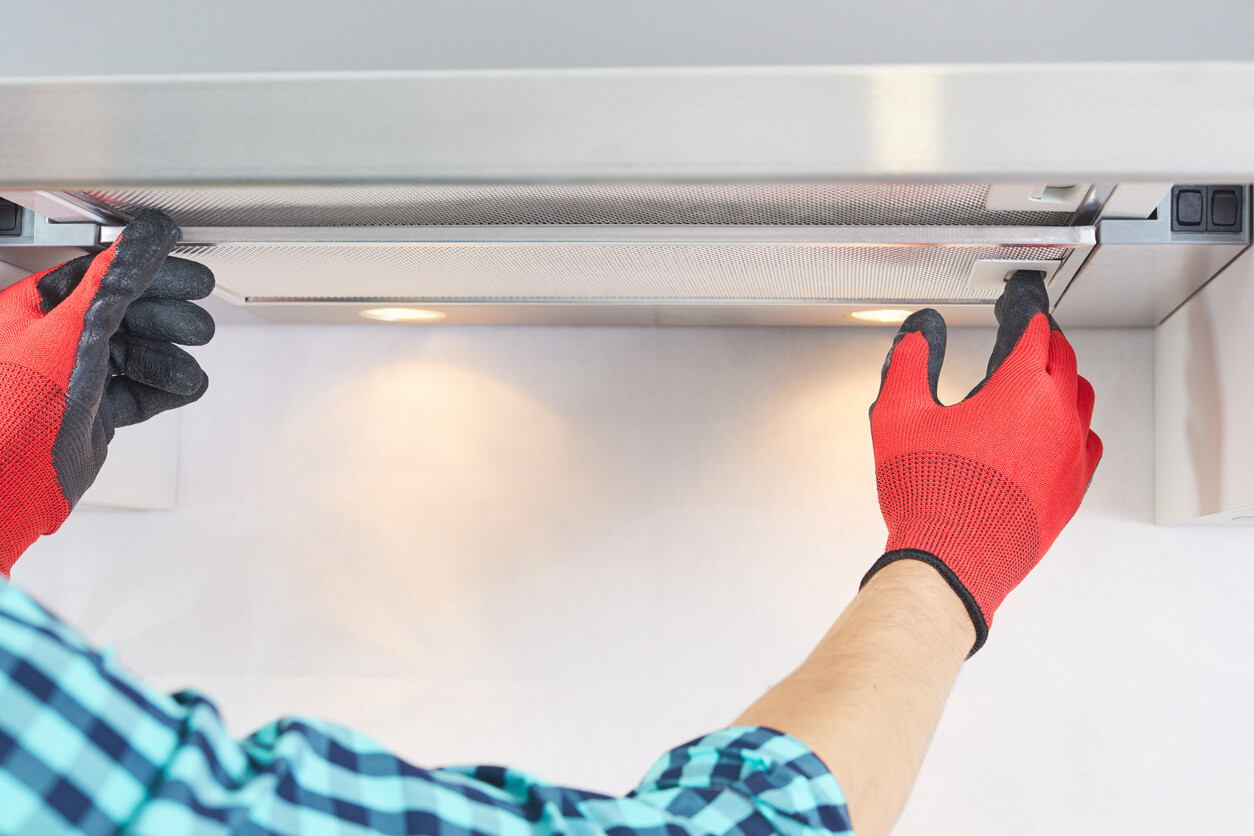
When your wiring and ductwork are sorted out, position your new range hood and prepare to secure it with mounting screws. You can do this alone, but it’s safer to enlist the assistance of an additional person. Have your helper keep the hood in place while you check that the wiring and ducting are aligned, and you use a screwdriver to tighten the mounting screws.
Step 7: Turn on the power and test the range hood
Once your range hood is in place, reset the power and see if the range hood fans and lights are working correctly. You may also check out the exterior to see if the ductwork is venting as it should.
Additional tips for installing your range hood
For a smoother range hood installation process, consider the following tips:
Ensure the range hood is the right size for your stove; take its dimensions before purchasing a new one.
Always follow manufacturer instructions when you run into anything you’re unsure about.
Be careful not to damage the range hood during installation to avoid costly repairs. While you can install it independently, having a second person ready to help with any heavy lifting or testing is better.
| You might also like: How much does it cost to install an exhaust fan? |
DIY your range hood installation
If you’ve followed the steps above, you can be on your way to successfully installing your new range hood. It can be a significant improvement to your existing kitchen.
However, if you’ve found yourself unsure at any step—like dealing with electricals and roof ducting—note that it’s always better to consult a professional or get a professional installer to do the job. Post a task on Airtasker and find an installer near you to learn more.
FAQs on rangehood installation
It requires technical skill to install a range hood, as you’ll be dealing with electricals and needing to cut through your wall or ceiling for ductwork. If you’re uncomfortable with the process, consider hiring a professional.
Yes, you can—it may be easier than installing a new one as you’ll know where to mount it and have existing holes for installing ductwork, if applicable.
Not always—some range hoods circulate the air around. Ductless range hoods are also easier to install, in general.
Find rangehood installers, fast
Find a rangehood installer
Related articles
Related price guides
